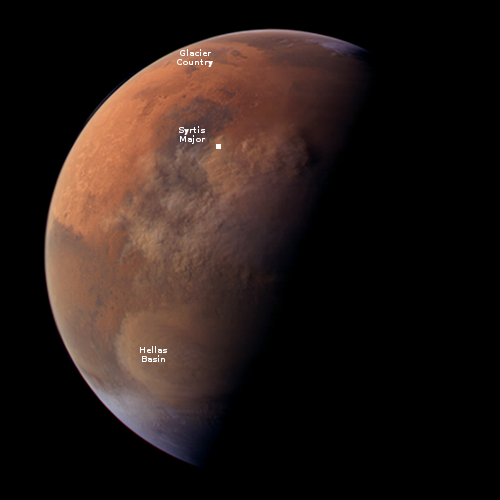A floating Martian rock

For original images, click here and here.
Cool image time! As Curiosity begins the slow and careful journey up through the rocky Gordon Notch onto the even rockier Greenheugh Pedimont layer above, the science team is using its cameras to take pictures of the buttes that form the northern and southern walls of that notch.
The mosiac above and the photo to the right, both cropped and reduced to post here, is one beautiful example. Taken by Curiosity’s high resolution camera on February 11th, both images show the consequences on geology of Mars’ low gravity, one third that of Earth’s. The top image shows the entire top of the butte, with the picture to the right focusing on one boulder that almost seems to be floating in the air. Look close and you can see daylight under the rock’s entire left half.
I think this butte is the north wall of Gordon Notch, but am not sure. Either way, the photos once again demonstrate that it is very dangerous to assign our Earth-based assumptions to Martian geology. There may be similarities, but the differences must not be ignored, or else our conclusions about what we see will be wrong.

For original images, click here and here.
Cool image time! As Curiosity begins the slow and careful journey up through the rocky Gordon Notch onto the even rockier Greenheugh Pedimont layer above, the science team is using its cameras to take pictures of the buttes that form the northern and southern walls of that notch.
The mosiac above and the photo to the right, both cropped and reduced to post here, is one beautiful example. Taken by Curiosity’s high resolution camera on February 11th, both images show the consequences on geology of Mars’ low gravity, one third that of Earth’s. The top image shows the entire top of the butte, with the picture to the right focusing on one boulder that almost seems to be floating in the air. Look close and you can see daylight under the rock’s entire left half.
I think this butte is the north wall of Gordon Notch, but am not sure. Either way, the photos once again demonstrate that it is very dangerous to assign our Earth-based assumptions to Martian geology. There may be similarities, but the differences must not be ignored, or else our conclusions about what we see will be wrong.










